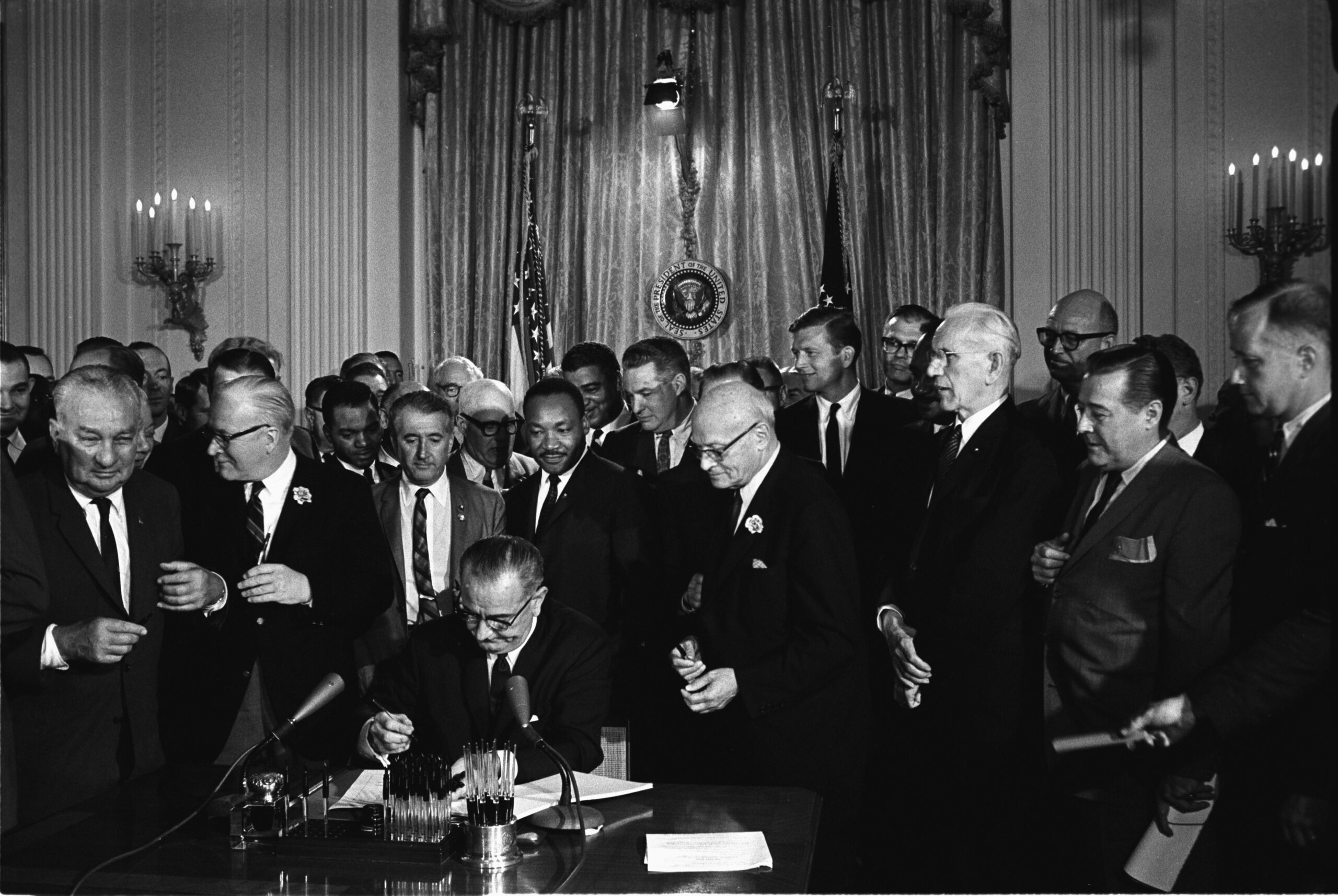The balance of power between federal and state governments has been a defining struggle in U.S. history, shaping the nation’s laws, policies, and identity. From the founding era to modern times, conflicts over states’ rights versus federal authority have fueled debates, court battles, and even war. These tensions have influenced issues ranging from civil rights to economic policies and the limits of government intervention.
This article examines ten defining conflicts between federal and state power, illustrating how each shaped the evolution of American governance. These moments highlight the ongoing push and pull between national unity and state autonomy, a dynamic that continues to shape political discourse today.
The Founding Conflict: Federalists vs. Anti-Federalists
When the Constitution was being drafted, a passionate debate arose between the Federalists, who supported a strong central government, and the Anti-Federalists, who feared it would trample states’ rights. The Federalists, led by figures like Alexander Hamilton, argued that a strong national government was necessary to maintain order and unity. In contrast, the Anti-Federalists, including Thomas Jefferson, worried that the states would lose their sovereignty. This tension laid the groundwork for the ongoing struggle of balancing power between the federal and state governments. The eventual compromise led to the inclusion of the Bill of Rights, which aimed to protect individual liberties and limit federal power. Thus, these early debates set the stage for the continuous tug-of-war over state versus federal authority.
The Nullification Crisis: South Carolina’s Bold Stand
In the 1830s, South Carolina fiercely opposed a series of federal tariffs, leading to the Nullification Crisis. South Carolinians, led by John C. Calhoun, asserted that they had the right to nullify federal laws they deemed unconstitutional. This bold stand challenged the supremacy of federal law and threatened the union’s stability. President Andrew Jackson, a strong advocate for federal authority, responded with a forceful stance, warning that disunion by armed force is treason. Eventually, a compromise was reached, but the crisis highlighted the intense regional tensions and the enduring question of states’ rights. It foreshadowed future conflicts, particularly the Civil War, where state versus federal power would again be contested.
The Civil War: A Nation Divided
The Civil War remains the most significant conflict over federal and state power in U.S. history. At its core, the war was about the federal government’s authority to regulate or abolish slavery, a practice many Southern states wanted to maintain. Southern states believed they had the right to secede from the Union, asserting their sovereignty. However, President Abraham Lincoln and the Union viewed secession as an illegal act against the federal government. The war’s outcome, with the Union’s victory, affirmed federal supremacy and led to the abolition of slavery. The conflict reshaped the nation’s understanding of federalism, emphasizing the indivisibility of the United States.
The Reconstruction Era: Federal Overreach or Necessary Intervention?
Following the Civil War, the Reconstruction Era saw the federal government take unprecedented steps to rebuild and integrate the Southern states. This period was marked by significant federal intervention in state affairs, particularly concerning civil rights and the reintegration of formerly enslaved individuals. Many Southern states resisted these changes, viewing them as federal overreach. The federal government, however, believed these measures were necessary to ensure justice and equality. The passage of the 13th, 14th, and 15th Amendments during this time emphasized federal authority in protecting individual rights, laying the groundwork for future civil rights advancements.
The New Deal: Economic Recovery or Federal Overreach?
The Great Depression of the 1930s prompted President Franklin D. Roosevelt to introduce the New Deal, a series of programs and reforms aimed at economic recovery. While the New Deal was largely popular, it faced significant opposition from those who believed it expanded federal power too far. Critics argued that programs like Social Security and federal job programs encroached on states’ rights and responsibilities. The Supreme Court initially struck down several New Deal measures, but subsequent rulings upheld many of them. This period marked a significant shift in the federal government’s role in economic and social welfare, setting a precedent for future federal involvement in state matters.
The Civil Rights Movement: Federal Mandates vs. State Resistance

The Civil Rights Movement of the 1950s and 1960s saw the federal government take decisive action to dismantle segregation and ensure equal rights. Southern states, however, often resisted these federal mandates, leading to significant tensions. Landmark legislation, such as the Civil Rights Act of 1964 and the Voting Rights Act of 1965, underscored the federal government’s commitment to civil rights, even in the face of state opposition. The federal intervention during this period highlighted the ongoing struggle between state sovereignty and the federal mandate to protect individual rights. It also set a precedent for future federal involvement in ensuring equality and justice.
The War on Drugs: Federal vs. State Approaches
The War on Drugs, initiated in the 1970s, brought about a new conflict between federal and state powers. While the federal government enforced strict drug laws, some states began to adopt more lenient policies, especially concerning marijuana. This divergence in approach led to legal battles and highlighted the challenges of maintaining a unified national policy. States like Colorado and California were at the forefront of decriminalizing or legalizing marijuana, directly opposing federal stance. This ongoing conflict illustrates the complexities of balancing state innovation with federal consistency, especially in areas with evolving public opinion.
The Affordable Care Act: Healthcare Reform and State Pushback
The Affordable Care Act (ACA), signed into law in 2010, aimed to overhaul the U.S. healthcare system. However, it quickly became a battleground for federal and state power. Some states resisted the implementation of certain ACA provisions, citing concerns over federal overreach and potential impacts on state budgets. The Supreme Court’s decision in NFIB v. Sebelius upheld most of the ACA but allowed states to opt-out of Medicaid expansion. This legal battle underscored the delicate balance of power between federal initiatives and state autonomy, especially in areas like healthcare that directly impact citizens’ lives.
Same-Sex Marriage: State Laws vs. Federal Decisions
The issue of same-sex marriage became a significant conflict between state and federal power in the early 21st century. While some states legalized same-sex marriage, others enacted bans, leading to a patchwork of laws across the country. The 2015 Supreme Court decision in Obergefell v. Hodges mandated that all states recognize and allow same-sex marriage, asserting federal authority over state laws. This landmark ruling highlighted the federal government’s role in ensuring equal rights and protections for all citizens, regardless of state legislation. It also emphasized the ongoing tension between state autonomy and federal mandates.
Immigration Policies: Federal Directives vs. State Practices
Immigration has long been a contentious issue, with federal and state governments often at odds over policies and enforcement. While the federal government is responsible for setting immigration laws, some states have taken matters into their own hands, either by enacting strict local laws or adopting sanctuary policies. This divergence has led to legal challenges and debates over the extent of state power in immigration matters. The tension between federal directives and state practices underscores the complexities of a federal system where both levels of government have vested interests in shaping immigration policy. This ongoing conflict continues to evolve, reflecting broader national debates on immigration and state sovereignty.


